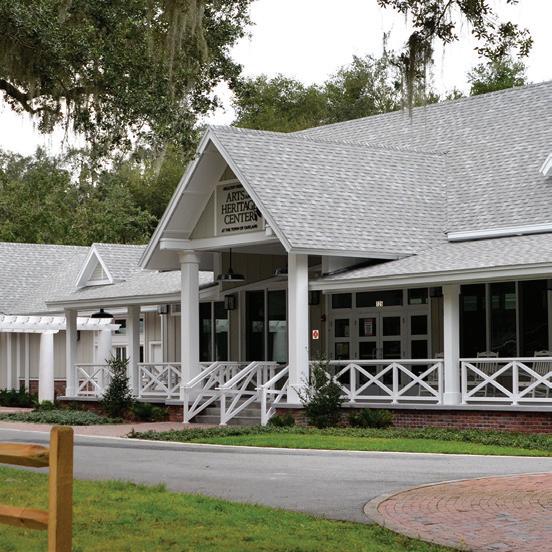
7 minute read
OAKLAND
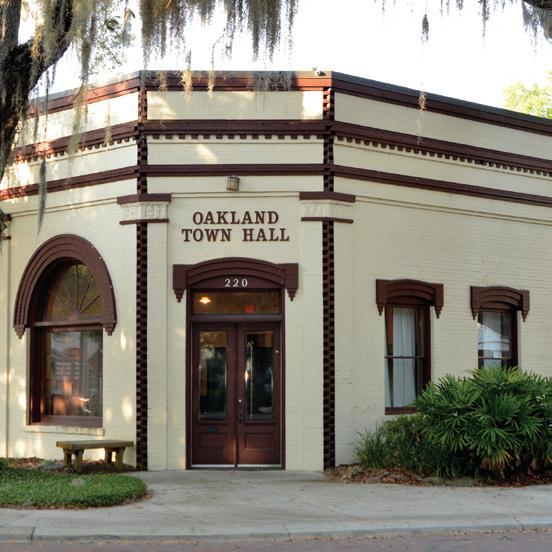

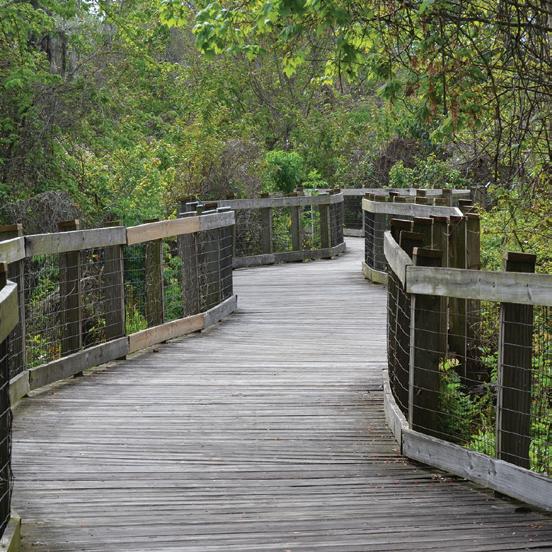
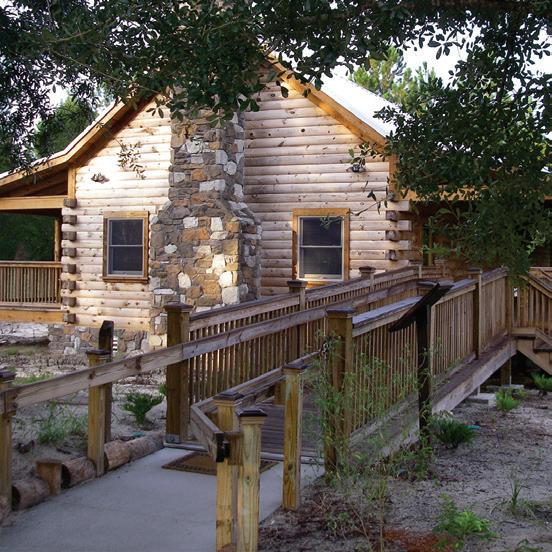
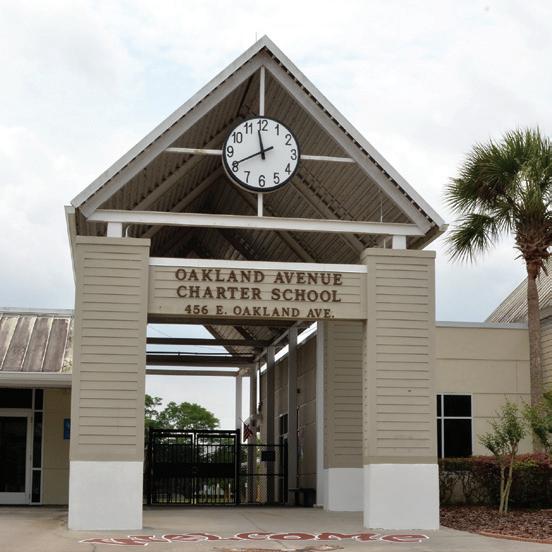
Among the Oaks
The town of Oakland was once the social and industrial hub of West Orange County with an opera house and thriving businesses in its bustling downtown, and railroad tracks that carried goods to and from other areas. The town — which housed several Indian trading posts and villages around the 1850s — was officially established in 1887 when a meeting was called to incorporate the town with a list of 31 qualified voters.
James Gamble Speer is credited for being the first real settler, having bought a chunk of land between Lake Apopka and Johns Lake in 1857. The park at the northwest corner of Tubb Street and Briley Avenue is named for this pioneer.
Peter A. Demens was the first mayor.
Back in Speer’s time, Oakland was considered a loosely designated area between the two lakes and two or three miles east and west. Today, Oakland has about 3,800 residents living, playing, working and going to school within its 2.4 square miles.
Oakland’s popularity increased when the railroad system was extended through the area in the late 1880s. But when a devastating fire about a decade later wiped out the downtown business district, an 1895 freeze wiped out all of the orange groves and the railroad pulled out because of a decline in business — the town’s economy took a major downturn.
After the town settled back into a rural lifestyle following the freeze and the fire, residents — many of them descendants of the first settlers — once again enjoyed the quiet atmosphere and small-town neighborliness that was its humble beginnings.
The town limits stretched from Killarney to Tildenville from 1926 to 1959, when Oakland officials voted to de-annex more than 800 acres, because it couldn’t afford to serve the area.
The town seemed to stay at a relative standstill for decades, until Oakland’s mayor, commissioners, manager and town staff began working on a steady growth plan.
Oakland started the process of bringing sewer to the town in 2013, which will allow for restaurants, hotels and other development along the West Colonial Drive corridor. In 2019, construction began on lift stations, sewer lines and other aspects of the massive project with the assistance of grant monies and state funds totaling more than $1.7 million.
The town is now in its 18th year as a Tree City USA. It recently opened its new Healthy West Orange Arts & Heritage Center at the town of Oakland and has begun its Speer Park Master Plan, as well as plans for a roundabout to ease traffic backups on West Oakland Avenue.
— AMY QUESINBERRY
WELCOME TO OAKLAND
As the mayor of Oakland, I would like to welcome new residents and visitors to our truly unique small town!
Over the last several years, we’ve completed many new projects and will continue to look for opportunities to enhance our town. Yet we remain true to Oakland’s historic roots, maintaining a neighborly feel, beautiful tree-lined roads and lush conservation land.
Bordered by Lake Apopka and Johns Lake, the town is situated along the West Orange Trail. The new Healthy West Orange Arts and Heritage Center at the Town of Oakland, the West Orange Trailhead, and the Oakland Nature Preserve are accessible via the trail, with additional spurs in the works.
Our government is close to the people it serves. I encourage those interested to join our Town Commission meetings and to get involved in the process. Please don’t hesitate to contact us at Town Hall at (407) 656-1117 or visit oaklandfl.gov and follow our town Facebook page at facebook. com/OakTownUSA.
– MAYOR KATHY STARK
SERVICE WITH A SMILE
Oakland Town Hall: 230 N. Tubb St., (407) 656-1117 Cable/internet: DIRECTV, (800) 531-5000; DISH Network, (800) 963-7868; Spectrum, (407) 291-2500; CenturyLink, (888) 2735968 Power/electric: Duke Energy, (407) 629-1010 Fire: Orange County Fire Rescue Department Station 37, (407) 654-1616 Police: Oakland Police Department, (407) 656-9797 Trash: Advanced Disposal, (407) 464-0664 Utilities (water, sewer): Oakland Water Department (407) 656-1117, Ext. 2100 FALL Oakland House of Horrors. On Halloween night, Joe Williams’ house — 15304 E. Oakland Ave., Oakland — is open to the public and draws a crowd to see the hundreds of costumes, animatronics and other spooky decorations. Williams also is known to decorate his home for Christmas. WINTER Light Up Oakland. Gather with Oakland residents and members of the community to start the holiday season the right way with a tree lighting in the heart of the town.
LOCAL LEADERS
Mayor Kathy Stark Mayor Kathy Stark was first elected to serve the town of Oakland in 1994. In 2020, the Florida League of Cities presented Mayor Stark with the John Land Years of Service Award for 25 years of public service. The award recognized her unselfish commitment to municipal leadership and governance. Stark chaired the Town Square redesign and serves as a board member of the West Orange Chamber of Commerce representing the town of Oakland for 19 years.
Seat 1 Commissioner Rick Polland Commissioner Polland has been an Oakland resident since 2000 and has since served the community in many ways. He joined the Town Commission in 2013, previously having served on the Board of Zoning Appeals and Adjustment from 2005-11 and on the Parks and Recreation Committee.
Seat 2 Commissioner/Vice Mayor Mike Satterfield Vice Mayor Satterfield was first elected to the Oakland Town Commission in 1998. He serves as the School Advisory Committee chairperson. He is a retired equipment manager for PespiCo and owns All Green Lawncare, a landscaping business. He also serves as a professional Santa Claus and volunteers at schools and with the elderly during the holidays.
Seat 3 Commissioner Sal Ramos Commissioner Ramos first served on the town’s Charter Committee, and in 2015 he was elected as a town commissioner. He is a board member of MetroPlan Orlando’s Municipal Advisory Committee and honorary board member of Central Florida Council Boys Scouts of America, and he is a recent recipient of the West Orange Golden Eagle Award and Best Small Business award at the Big Orange Awards.
Seat 4 Commissioner Joseph McMullen Commissioner McMullen has served the town in Seat 4 since 2006. In early 2021, he was elected president of the Board of Directors of the Tri-County League of Cities and recently was appointed as the Florida League of Cities Vice Chair of Land Use & Economic Development. n Judge James Gamble Speer, a Scotch-Irishman from South Carolina, qualified for judge in 1857, moved to Oakland in 1858 to begin a farm and established a post office in Oakland in 1860. He negotiated the arrival of the Orange Belt Railway in 1886. Speer Park is named for Oakland’s original settler.
n Peter A. Demens (Piotr Alexewitch Dementief), of Russian aristocracy, came to Oakland after getting into the railroad business. He brought the Orange Belt Railroad into Oakland and was voted Oakland’s first mayor.
n Charles Frederic and Grace Mather-Smith came to the quiet town of Oakland from Chicago in 1910. They built the original West Orange Country Club — on what is now Tucker Ranch — so she could hold social events. The couple sponsored a beautification program in downtown Oakland. Grace Park is located near the Healthy West Orange Arts & Heritage Center at Oakland.
n Sheriff S. Davis “Dave” Starr was Orange County sheriff from 1948-64 and served a short time as Oakland’s marshal.
n Grover Cleveland Tubb moved to Oakland in 1921 and was appointed deputy clerk — and a month later, the clerk — in 1928. Some records give his title as deputy marshal and marshal. He was at different times superintendent of the water department, the streets and parks department and sanitation; a volunteer fire chief; and the tax collector. He invested more than 50 years of service to the town. The Grover Cleveland Tubb Fountain was dedicated in the center of town in 1977.
n William V. Nixon came to Oakland in 1946 to teach in the black school. He was elected Oakland’s first black commissioner in 1971.
n James Hardy Sadler came to Oakland to live with his grandfather, Judge Speer. He is credited with planting the magnificent oaks that divide Oakland Avenue.










